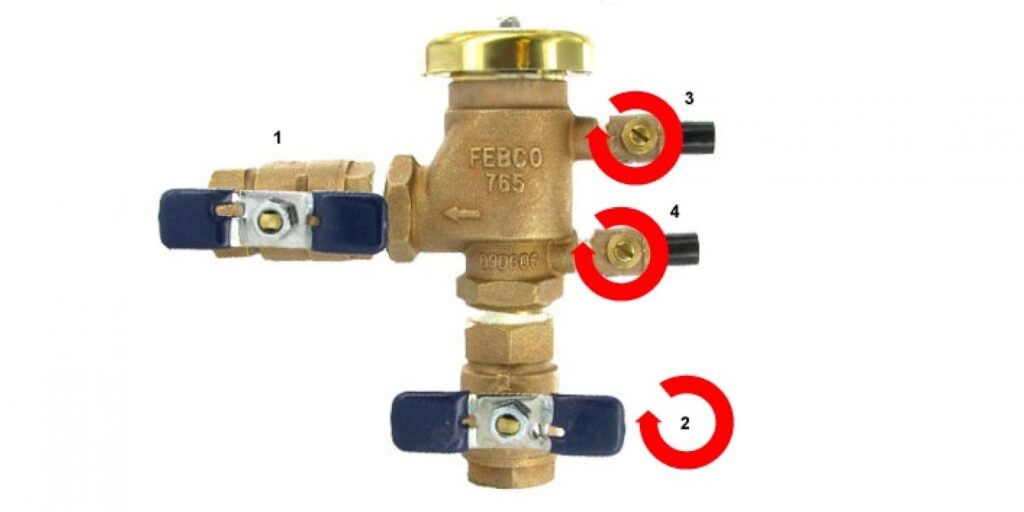





















To start the spring season right, it’s important to start your irrigation system right too. Here is a simple procedure for getting up-and-running:
If you still need assistance, our technicians are here to help. Please contact us to schedule a service call.
* If the system doesn’t turn on… check the rain sensor (override it).
* If a head doesn’t pop up… try tapping on it with a hammer or your foot to loosen up any dirt.
* If a zone sticks on… make sure the solenoid/bleeder on the valve (located in the green valve box) is closed up tightly.
